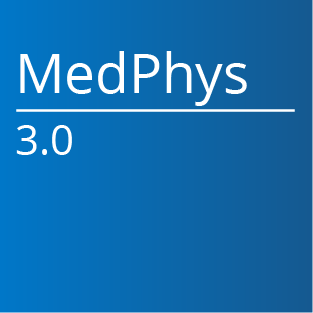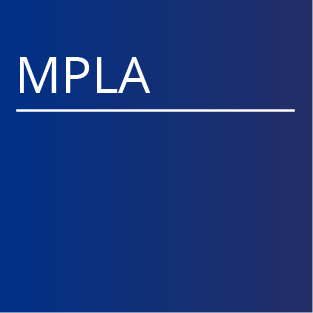
|
Report No. 095 - The management of imaging dose during image-guided radiotherapy: Report of the AAPM Task Group 75 (2007) Category: Reports Radiographic image guidance has emerged as the new paradigm for patient positioning, target localization, and external beam alignment in radiotherapy. Although widely varied in modality and method, all radiographic guidance techniques have one thing in common—they can give a significant radiation dose to the patient. As with all medical uses of ionizing radiation, the general view is that this exposure should be carefully managed. The philosophy for dose management adopted by the diagnostic imaging community is summarized by the acronym ALARA, i.e., as low as reason- ably achievable. But unlike the general situation with diagnostic imaging and image-guided surgery, image-guided radiotherapy (IGRT) adds the imaging dose to an already high level of therapeutic radiation. There is furthermore an interplay between increased imaging and improved therapeutic dose conformity that suggests the possibility of optimizing rather than simply minimizing the imaging dose. For this reason, the management of imaging dose during radiotherapy is a different problem than its management during routine diagnostic or image-guided surgical procedures. The imaging dose received as part of a radiotherapy treatment has long been regarded as negligible and thus has been quantified in a fairly loose manner. On the other hand, radiation oncologists examine the therapy dose distribution in minute detail. The introduction of more intensive imaging proce- dures for IGRT now obligates the clinician to evaluate therapeutic and imaging doses in a more balanced manner. This task group is charged with addressing the issue of radiation dose delivered via image guidance techniques during radiotherapy. The group has developed this charge into three objectives: (1) Compile an overview of image-guidance techniques and their associated radiation dose levels, to provide the clinician using a particular set of image guidance techniques with enough data to estimate the total diagnostic dose for a specific treatment scenario, (2) identify ways to reduce the total imaging dose without sacrificing essential imaging information, and (3) recommend optimization strategies to trade off imaging dose with improvements in therapeutic dose delivery. The end goal is to enable the design of image guidance regimens that are as effective and efficient as possible. Medical Physics, 34, 4041-4063 (2007) https://doi.org/10.1118/1.2775667 Altmetrics for this report Therapy Imaging Subcommittee Task Group #75 NOTE: The previously published version had incorrect values in Table 3, page 13, for the "k" factor in the first 2 rows of the "1-year-old" column. This was corrected effective April 3, 2008. Martin J. Murphy, James Balter, Stephen Balter, Jose A. BenComo, Indra J. Das, Steve B. Jiang, C.-M. Ma, Gustavo H. Olivera, Raymond F. Rodebaugh, Kenneth J. Ruchala, Hiroki Shirato, Fang-Fang Yin Committee Responsible: Therapy Imaging Subcommittee Last Review Date: |
DISCLAIMER



















